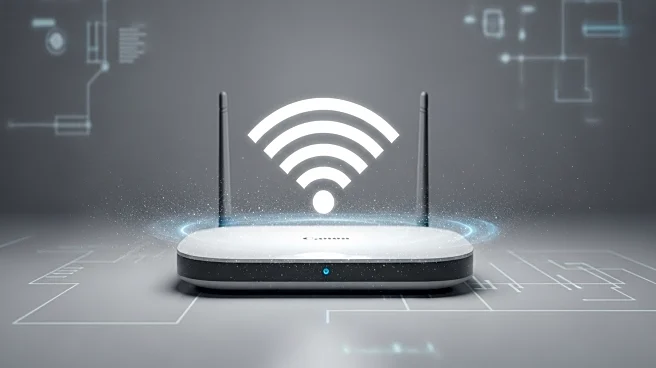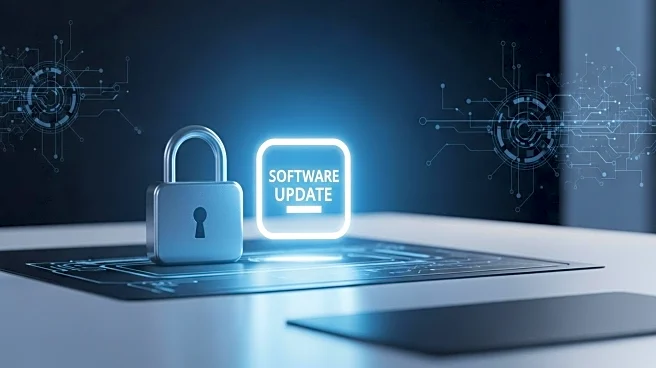What is the story about?
What's Happening?
NetRise, a software and firmware supply chain security company, has reported that many devices remain vulnerable to the Pixie Dust Wi-Fi hack, a method disclosed over a decade ago. The Pixie Dust attack exploits a vulnerability in Wi-Fi Protected Setup (WPS) to obtain a router's WPS PIN, allowing unauthorized access to the network. The attack involves capturing the initial WPS handshake, which can be cracked offline to retrieve the PIN. NetRise analyzed 24 networking device models and found that only four have been patched against this vulnerability, with many devices still at risk. The persistence of this vulnerability highlights systemic flaws in firmware supply chains, as vendors often reuse insecure libraries and fail to enforce secure defaults.
Why It's Important?
The continued vulnerability of devices to the Pixie Dust hack poses significant security risks, particularly in high-trust environments such as branch offices, retail, and healthcare. The attack's ease of execution and the widespread use of affected devices mean that millions of devices could be compromised, leading to unauthorized network access and potential data breaches. This situation underscores the need for improved security practices in the development and maintenance of networking devices, as well as greater transparency from vendors regarding security vulnerabilities and patches.
What's Next?
Organizations and individuals using vulnerable devices should seek updates or patches from manufacturers to mitigate the risk of Pixie Dust attacks. Security firms and regulatory bodies may increase pressure on manufacturers to address these vulnerabilities more promptly. Additionally, there may be a push for more robust security standards and practices in the development of networking devices to prevent similar vulnerabilities in the future.
AI Generated Content
Do you find this article useful?













